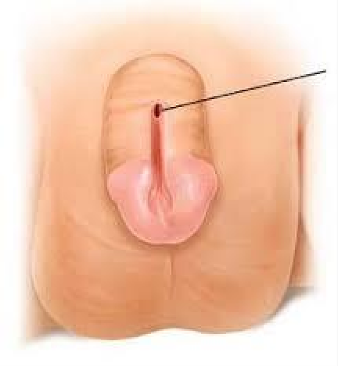What is the best nursing action when a child with type 1 diabetes mellitus is sweating, trembling, and pale?
Give the child 5 units of regular insulin subcutaneously.
Give the child a glass of orange juice.
Offer the child a glass of water.
Give the child glucagon subcutaneously.
The Correct Answer is B
These symptoms are indicative of hypoglycaemia, which occurs when the blood sugar levels drop too low. Providing a source of fast-acting carbohydrates, such as orange juice, can quickly raise the child's blood sugar levels and alleviate the symptoms.
Administering insulin (Option A) is incorrect because it is not appropriate in this situation because it would further lower the child's blood sugar levels.
Offering water (Option C) is incorrect because it would not effectively address the low blood sugar.
Glucagon (Option D) is incorrect because it is typically used in severe cases of hypoglycaemia when the child is unconscious or unable to swallow, and it requires a prescription. In this case, providing orange juice is the safest and most appropriate initial intervention. However, it is important to seek medical attention and inform the child's healthcare provider about the incident.
Nursing Test Bank
Naxlex Comprehensive Predictor Exams
Related Questions
Correct Answer is C
Explanation
Epispadias is a congenital condition in which the urethral opening is not located at the tip of the penis as is typical but rather along the ventral surface (underside) of the penis. In severe cases, the urethral opening may extend all the way to the bladder.
absence of a urethral opening in (option A) is incorrect because it, describes a condition called urethral agenesis or aplasia, where the urethral opening is completely absent. This is a different condition from epispadias.
a penis shorter than usual for age, in (option B) is incorrect because it is not specific to epispadias and could be caused by various factors unrelated to the condition.
a urethral opening along the dorsal surface (topside) of the penis in (option D) is incorrect because it, is a condition called hypospadias. Hypospadias is another congenital anomaly where the urethral opening is located on the underside or along the ventral surface of the penis, but it is not synonymous with epispadias.
Therefore, epispadias specifically refers to the urethral opening being situated along the ventral surface of the penis.

Correct Answer is A
Explanation
The most appropriate statement by the nurse to a 15-year-old whose friend has mentioned suicide is option A. The statement acknowledges the seriousness of the situation and emphasizes the importance of taking the friend's threat seriously. It also highlights the need for immediate help and intervention. Suicide threats should never be dismissed or taken lightly, and it is crucial to involve professionals who can provide appropriate support and assistance.
"Tell your friend to come to the clinic immediately," in option B is incorrect because places the responsibility solely on the 15-year-old to relay the message to their friend, which may not be the most effective or timely approach.
"If your friend mentions suicide again, get your friend some help," in (option C) is incorrect because it does not address the urgency of the situation. Waiting for the friend to mention suicide again before acting may lead to potential harm.
"You need to gather details about your friend's suicide plan," is incorrect because places the responsibility on the 15-year-old to gather information about the friend's suicidal intentions. While understanding the situation and obtaining relevant details is important, the immediate priority is ensuring the friend's safety and seeking professional help.
Whether you are a student looking to ace your exams or a practicing nurse seeking to enhance your expertise , our nursing education contents will empower you with the confidence and competence to make a difference in the lives of patients and become a respected leader in the healthcare field.
Visit Naxlex, invest in your future and unlock endless possibilities with our unparalleled nursing education contents today
Report Wrong Answer on the Current Question
Do you disagree with the answer? If yes, what is your expected answer? Explain.
Kindly be descriptive with the issue you are facing.
